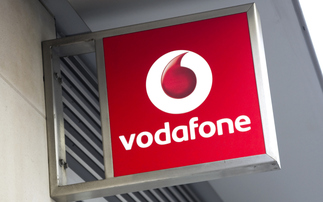Mobile services specialist predicts a shift to touch-screen devices and a growing digital divide
Devices like the iPhone are redefining the mobile experience The mobile industry will see a shift towards touch-screen devices such as the iPhone during 2009, and a growing digital divide will em...
To continue reading this article...
Join Computing
- Unlimited access to real-time news, analysis and opinion from the technology industry
- Receive important and breaking news in our daily newsletter
- Be the first to hear about our events and awards programmes
- Join live member only interviews with IT leaders at the ‘IT Lounge’; your chance to ask your burning tech questions and have them answered
- Access to the Computing Delta hub providing market intelligence and research
- Receive our members-only newsletter with exclusive opinion pieces from senior IT Leaders





















